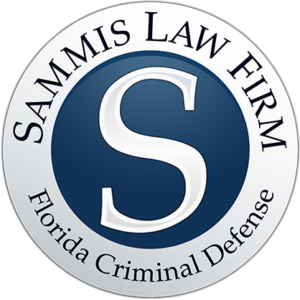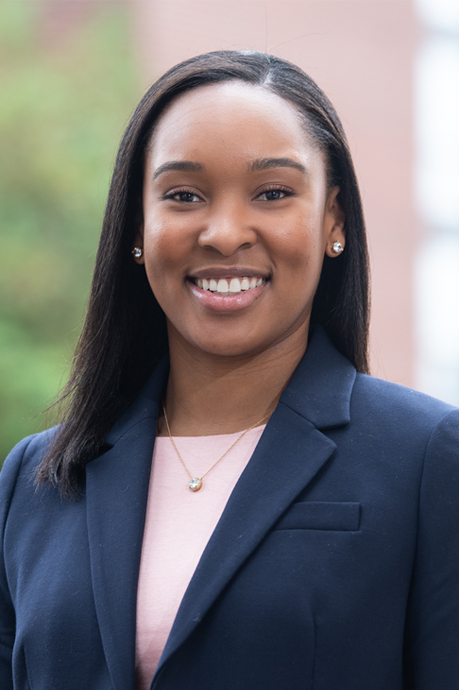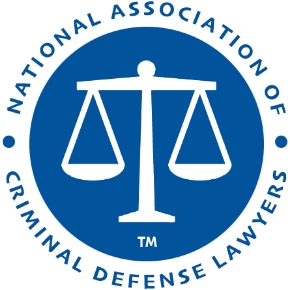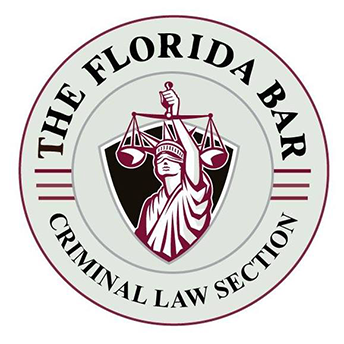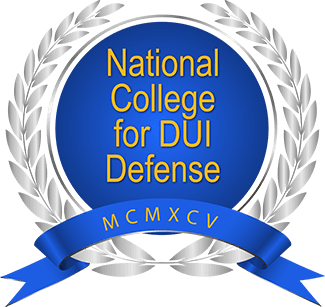Motion to Withdraw Plea
Florida law provides for two different types of motions to withdraw a plea depending on when the motion is filed. For example, Rule 3.170(f) authorizes a plea withdrawal “at any time before a sentence.” Rule 3.170(l) authorizes a motion to withdraw a plea “within thirty days after rendition of the sentence.”
Before sentencing, the defendant is only required to show “good cause” which is a relatively low standard. After sentencing, the defendant must show a “manifest injustice” which is a much higher standard.
This article explains the different standards used by the court when considering a motion to withdraw a plea. The criminal appellate attorneys at Sammis Law Firm represent clients throughout the greater Tampa Bay area.
Call (813) 250-0500.
Withdrawing the Plea Before Sentencing – Rule 3.170(f)
Florida Rule of Criminal Procedure 3.170(f) provides:
The court may in its discretion, and shall on good cause, at any time before a sentence, permit a plea of guilty or no contest to be withdrawn and, if judgment of conviction has been entered thereon, set aside the judgment and allow a plea of not guilty, or, with the consent of the prosecuting attorney, allow a plea of guilty or no contest of a lesser included offense, or of a lesser degree of the offense charged, to be substituted for the plea of guilty or no contest.
The fact that a defendant may have entered a plea of guilty or no contest and later withdrawn the plea may not be used against the defendant in a trial of that cause.
Under this provision, a trial court has broad discretion in determining motions to withdraw a plea, although it must permit withdrawal upon “good cause.” State v. Partlow, 840 So.2d 1040, 1042 (Fla. 2003).
“When a defendant files a motion to withdraw a plea before sentencing under [rule] 3.170(f), the trial court must either deny the motion for facial insufficiency or grant an evidentiary hearing to develop the facts surrounding the entry of the plea.”Lee v. State, 875 So.2d 765, 766 (Fla. 2d DCA 2004).
An oral motion to withdraw a guilty plea is not untimely if it is raised after the plea has been accepted, but before the defendant has been sentenced. See Lehmkuhle v. State, 20 So.3d 971, 974 (Fla. 2d DCA 2009).
The policy behind this rule is that “the law favors a trial on the merits.” Rivera v. State, 136 So.3d 609, 610 (Fla. 2d DCA 2013). That policy requires that the liberal construction of the rule. For example, when a defendant states that he would rather go to trial than be sentenced pursuant to a plea of guilty or nolo contendere, such a statement may be sufficient to constitute an oral motion by the defendant to withdraw his plea.
In Tanzi v. State, 964 So.2d 106, 111–12 (Fla. 2007), the Florida Supreme Court construed a defendant’s statements that he was dissatisfied with his counsel and that he “should have a guilt phase jury since he was being forced to have a penalty phase jury” as an “oral motion to withdraw his plea” under rule 3.170(f).
Withdrawing the Plea after Sentencing – Rule 3.170(l)
If you entered a plea and the court has already announced the sentence, then any motion to withdraw the plea must be filed under subsection (l) rather than subsection (f). See State v. Partlow, 840 So.2d 1040, 1042 (Fla. 2003). A defendant seeking to withdraw a plea under subsection (l) must demonstrate a manifest injustice requiring correction. Id.
Rule 3.170(l) provides the standard that applies to motions to withdraw plea agreements made after sentencing:
A defendant who pleads guilty or nolo contendere without expressly reserving the right to appeal a legally dispositive issue may file a motion to withdraw the plea within thirty days after rendition of the sentence, but only upon the grounds specified in Florida Rule of Appellate Procedure 9.140(b)(2)(A)(ii)(a)–(e) except as provided by law.
Fla. R. Crim. P. 3.170(l).
Under rule 3.170(l), once a sentence has been imposed, a defendant must demonstrate manifest injustice or prejudice in order to withdraw a guilty plea. Campbell v. State, 125 So.3d 733, 736 (Fla. 2013). “[A] court does not enjoy broad discretion as to motions filed after sentencing.” Griffin v. State, 114 So.3d 890, 898 (Fla. 2013).
Pursuant to Florida Rule of Appellate Procedure 9.140(b)(2)(A)(ii)(a)-(e) and Florida Rule of Criminal Procedure 3.170(1), a defendant may withdraw a plea within thirty (30) days after the rendition of the sentence, but only upon the following grounds:
- the lower tribunal’s lack of subject matter jurisdiction;
- a violation of the plea agreement, if preserved by a motion to withdraw plea;
- an involuntary plea, if preserved by a motion to withdraw plea;
- a sentencing error, if preserved; or
- as otherwise provided by law.
See Snodgrass v. State, 837 So. 2d 507 (Fla. 4th DCA 2003); Simeton v. State, 734 So. 2d 446 (Fla. 4th DCA 1999).
Procedures for Pro Se Rule 3.170(l) Motions
Courts have found that “a rule 3.170(l) motion is a “critical stage” of a proceeding, entitling the defendant to the Sixth Amendment right to representation and assistance of counsel. Tipler v. State, 149 So.3d 1192, 1193 (Fla. 1st DCA 2014).
For example, in Sheppard v. State, the Florida Supreme Court “outline[d] the procedure trial courts should follow when a represented defendant files a pro se rule 3.170(l) motion based on allegations giving rise to an adversarial relationship such as counsel’s misadvice, misrepresentation, or coercion that led to the entry of the plea” as follows:
[T]he trial court should hold a limited hearing at which the defendant, defense counsel, and the State are present. If it appears to the trial court that an adversarial relationship between counsel and the defendant has arisen and the defendant’s allegations are not conclusively refuted by the record, the court should either permit counsel to withdraw or discharge counsel and appoint conflict-free counsel to represent the defendant.
Id. at 286–87.
As explained by the Court in Sheppard, “the trial court is not required to appoint conflict-free counsel unless both an adversary relationship exists and the defendant’s allegations are not conclusively refuted by the record.”Nelfrard v. State, 34 So.3d 221, 223 (Fla. 4th DCA 2010) (emphasis in original).
For this reason, if the defendant’s allegations are conclusively refuted by the record, then the trial court’s failure to hold the “limited hearing” required by Sheppard is harmless error. Id.
Attorney on Motions to Withdraw a Plea in Tampa, FL
This article explains the difference between filing a motion to withdraw a plea under Rule 3.170(f) before sentencing or under Rule 3.170(l) within thirty days after the rendition of the sentence.
This means you must act quickly. Talk with your attorney about the reasons you want to withdraw your plea. Find out the pros and cons of that approach. Ask your attorney for permission to get a second opinion from another attorney if you need more advice.
With offices in Tampa in Hillsborough County and New Port Richey in Pasco County, FL, our criminal appellate attorneys represent clients in matters that arise after a plea or guilty verdict in cases throughout the greater Tampa Bay area.
Call (813) 250-0500.
This article was last updated on Tuesday, May 11, 2021.
